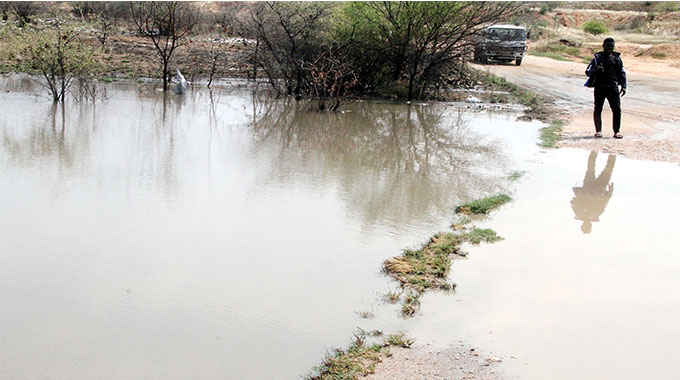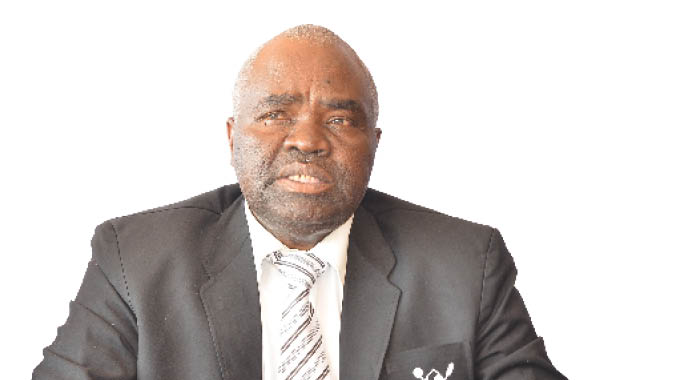COMMENT: Let’s plan ahead to avert disaster

The International Federation of Red Cross and Red Crescent Societies (IFRC) defines disaster management as the organisation and management of resources and responsibilities for dealing with all humanitarian aspects of emergencies, in particular preparedness, response and recovery in order to lessen the impact of disasters.
The policy objective of anticipating and reducing risk is called disaster risk reduction.
The forecast of normal to above normal rainfall in the 2020/21 rainy season will be a serious test for not only the Civil Protection Unit (CPU), but provincial and local government structures as well.
Yesterday we reported that the CPU has activated disaster response structures to deal with rain-related catastrophes as the rainy season begins.
CPU director Nathan Nkomo said structures that were used in the management of Covid-19 across the country have been activated to also attend to possible calamities caused by the rains.
“Remember the drought disaster was running together with the Covid-19 pandemic. The same structures which are dealing with the drought and the Covid-19 pandemic are the same structures which we have activated now, ready for the normal to above normal rainfalls as predicted by the MSD. This is the time to manage the two together,” he said.
“A lot of people will be left homeless; a lot of people will be displaced but all those issues will be dealt with within the auspices of Covid-19. That is why when we did our planning recently, we wanted people to understand the context in which any calamities may befall our environment as a result of heavy rain falls and the response to be done within Covid-19 context.”
This is good news in the face of possible disaster but both the CPU and councils should start work on areas at possible risk.
The Meteorological Services Department has already warned of heavy rains in excess of up 50 millimetres within 24 hours in some parts of the country since Sunday.
MSD observed the rains will be coupled with violent thunderstorms and localised downpours especially in Matabeleland districts of Beitbridge, Gwanda, Mangwe Bulilima, Matobo, Tsholotsho, Bubi and Umguza among other areas.
Whenever there is above normal rainfall in Zimbabwe low-lying areas like Tsholotsho in Matabeleland North are hit by floods.
It would be sad to see history repeating itself.
Three scholars who studied the relationship between flooding and poverty — Ernest Dube, Oliver Mtapuri and Jephias Matunhu — observed: “Flooding and poverty are two social problems that have existed, and coexisted within rural communities. While these two social evils have severely affected development programmes in some rural communities, they have also manifested themselves into permanent features through lowering the standard of living in the communities.
“At times flooding has been found to exacerbate poverty levels and vice versa. However, community resilience and capacity to deal with both flooding and poverty have been found to be lacking in most human societies.
“In recent times, unprecedented incidents of flooding have resulted in serious disruption of human societies. For example, in the year 2010 alone, floods contributed 82,6 percent of all disasters that occurred on the African continent.”
Recurrent drought, the Covid-19 pandemic and high cost of living have already increased levels of poverty in rural areas. It is paramount that the good rains that are expected this season are translated into wealth and not allowed to exacerbate poverty levels.
Urban areas are no exception. In city centres, poor drainage as a result of clogged storm water drains, result in flooding which is an inconvenience to businesses and the travelling public.
Surprisingly, little activity has been witnessed on the ground in Bulawayo to show seriousness in response to the above normal rainfall prediction.
This makes us wonder whether there is sufficient commitment towards disaster risk reduction.
In the 2016/17 rainy season, when the country last received significant rains, more than 100 people died while hundreds of families were displaced and public infrastructure including dams and roads was damaged.
Last year, Cyclone Idai hit Manicaland Province killing more than 300 people, displacing thousands.
Now that Covid-19 is almost behind us, let’s not invite another disaster through poor planning.











Comments